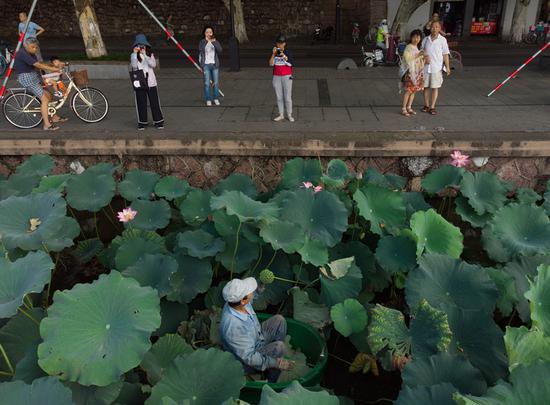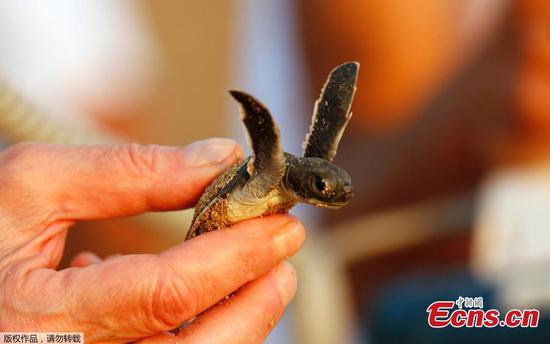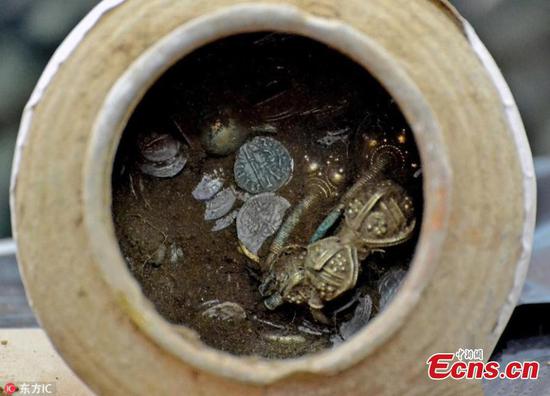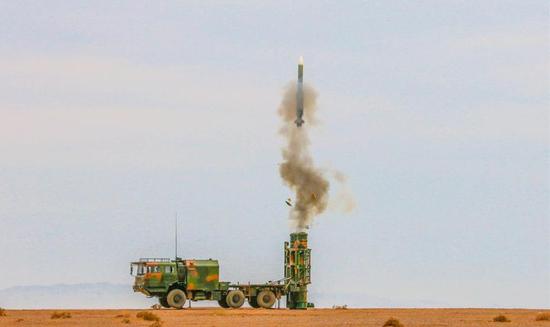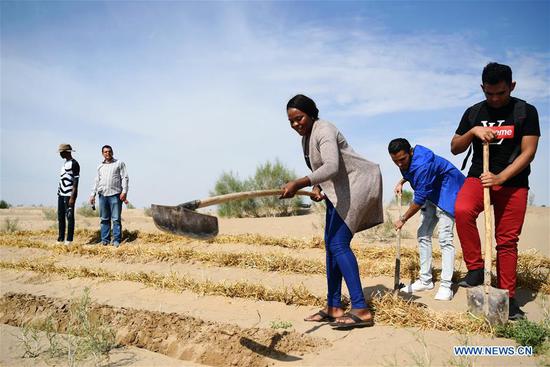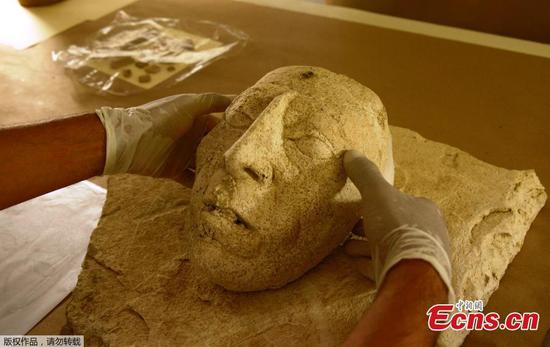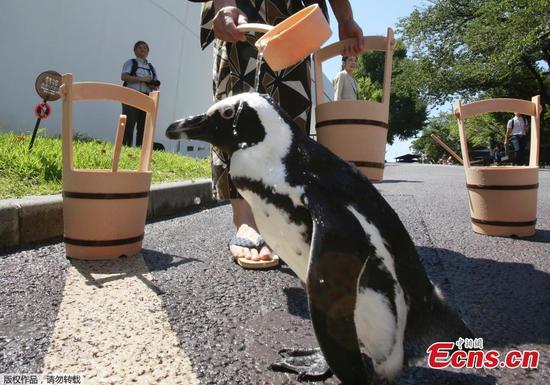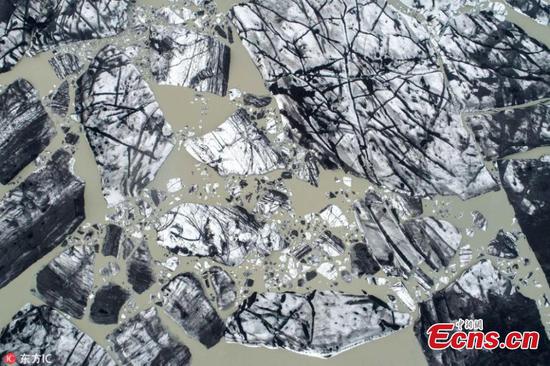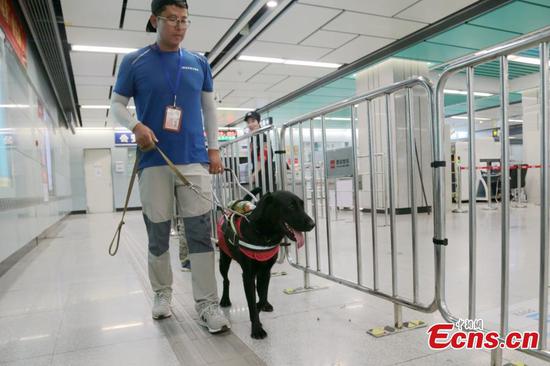'Win-win' initiative set to open vast array of economic gains, experts say
President Xi Jinping's recent comments on the Belt and Road Initiative are welcomed and the project is expected to open up more opportunities for involved countries and regions, experts said.
The initiative heralds a clear vision by China that recognizes the realities of a multipolar world. The common development and the building of a community of shared destiny for mankind may very well depend heavily on the success of South-South and North-South cooperation opportunities created by the plan, said Jon Taylor, professor of political science of the University of St. Thomas in Houston. "Two things have impressed me when it comes to the Belt and Road Initiative."
He said the first is China's emphasis on creating infrastructure that is aimed at improving trade, development, and prosperity between Asia, Europe and Africa.
The second has been the creation of a series of free trade agreements along the route, creating economic connectivity stretching from Beijing to Budapest, Dali to Dar-es-Salaam, Hangzhou to Helsinki, Shanghai to St. Petersburg. And, perhaps very soon, from Anshan to Anchorage, Taylor said.
This year marks the fifth anniversary of Xi's proposal of the Belt and Road Initiative.
In a meeting to mark the occasion in Beijing on Monday, Xi said China will uphold dialogue and coordination, pursue shared growth, seek win-win cooperation and boost communication with countries who support the plan.
The vision is set up for long-term success. While infrastructure and free trade agreements are important, all five pillars of the initiative - policy coordination, connectivity, unimpeded trade, financial integration, and people-to-people ties - are just as impressive, Taylor said while commenting on Xi's remarks.
The initiative does not aim at a geopolitical or military alliance, nor will it establish a small bloc or set up a "China club", Xi said at the meeting.
"I think that it's foolhardy for anyone to think that the BRI is some sort of an exclusive bloc or a 'China Club'," said Taylor. Far from it. The goal of the initiative is to enhance both regional cooperation and global governance mechanisms through win-win cooperation.
"That is not the hallmark of a China-centric club or suggestive of exclusivity."
Bob Wekesa, a senior lecturer with the Department of Journalism and Media Studies at the University of the Witwatersrand, said the initiative proposed by president Xi in 2013 aims at connecting Asia, Europe and Africa using overland corridors and shipping lanes to boost global trade.
The maritime "road" starting from South China and touching the ports of Djibouti and Kenya's Mombasa are critical entry points into sub-Saharan Africa. Once on land, it will use roads and railways to facilitate transportation of goods to and from the hinterlands, thus boosting the continent's participation in global trade.
"This inherently feeds into Africa Union's grandiose plans spelt out in its development blueprint Agenda 2063 of point-to-point linkages across the continent," said Wekesa.
Intra-Africa trade
The accelerated infrastructure development strongly complements the push toward intra-Africa trade.
"The effort to power up industrialization and ultimately embark on the journey to sustainable growth in Africa is hinged on improved infrastructure," said Wekesa.
Xi's comments on the initiative not constituting a "China club" or a closed initiative, from a UK perspective, is welcomed as it opens up many and varied opportunities for UK businesses now and post-Brexit, said Julian Beer, deputy vice-chancellor of Birmingham City University.
"These opportunities exist within the geographical footprint of the Belt and Road, working with both the Chinese and their partners but also, with the UK failing outside of the 'main road', it maintains and creates mutually beneficial investment and trading opportunities for us," said Beer.
"We welcome China's Belt and Road Initiative as this will certainly open a vast array of economic development opportunities for the ASEAN region," said Theresa Mundita S. Lim, executive director of ASEAN Center for Biodiversity.
"We see the corresponding economic gains and collaborations coming from this massive global initiative can also generate more support for the conservation of biodiversity, particularly in the ASEAN region that caters to more than 630 million people and to almost 20 percent of the world's known species."
While promoting regional interconnectivity and international cooperation as it aligns with the Sustainable Development Goal 17, and in the rundown toward 2020 when China will host the 15th Meeting of Conference of the Parties of the Convention on Biological Diversity, it is expected that the BRI will be able to take into account the values for biodiversity conservation at the core of its development processes. It is highly anticipated that infrastructure experts and planners will work closely with conservationists to ensure that this giant infrastructure development will not threaten but contribute to the sustainable use of biodiversity of the region. In fact, it could even promote it through innovative designs.










